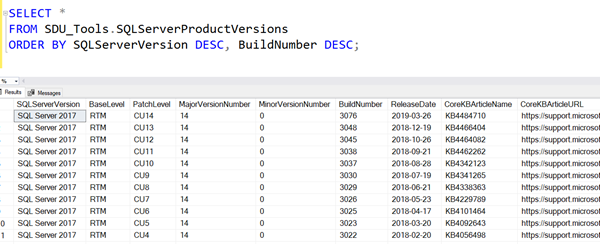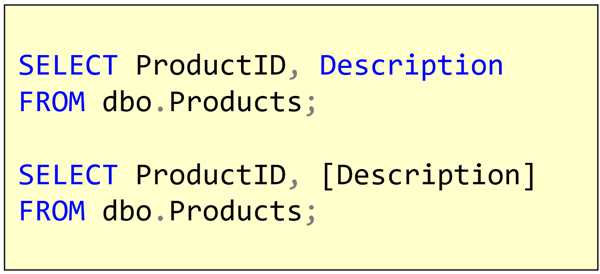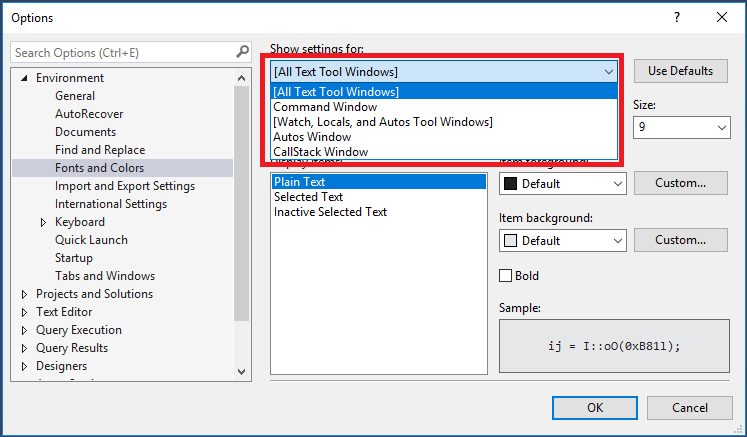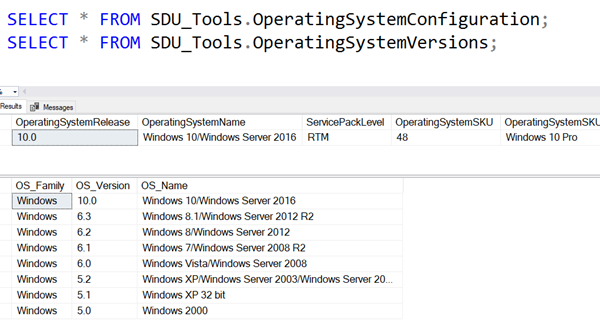
SDU Tools: Using T-SQL to find operating system versions, locales, SKUs, and configuration
When I’m writing utility scripts for SQL Server, I often need to make decisions or report on, details of the operating system that I’m running on. Unfortunately, SQL Server doesn’t have views that return this sort of information.
In our free SDU Tools for developers and DBAs, we added a series of views to help.
OperatingSystemConfiguration has details of OperatingSystemRelease, OperatingSystemName, ServicePackLevel, OperatingSystemSKU, OperatingSystemSKUName, and LanguageName.

OperatingSystemVersions has details of OS_Family, OS_Version, and OS_Name.
2019-04-24





 Image by Ken Treloar[/caption]
Image by Ken Treloar[/caption]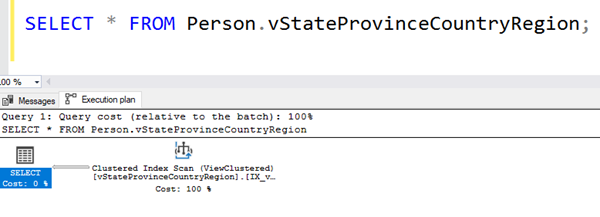

 Awesome image by Jens Johnsson[/caption]
Awesome image by Jens Johnsson[/caption]